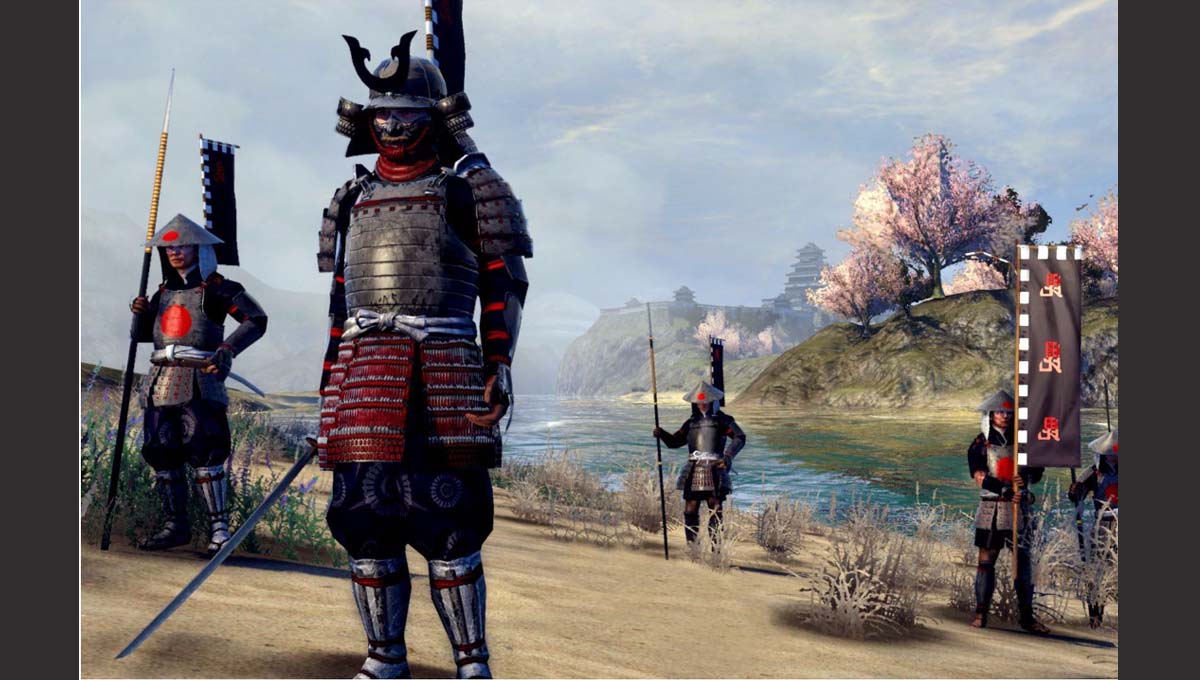In the ever-evolving landscape of modern warfare, traditional weapons like the legendary samurai sword, known as the katana, have taken a back seat to advanced firearms, artillery, and technological warfare. While the katana holds a revered place in history and martial arts, its practicality on today’s battlefield is limited. In this blog, we’ll explore the reasons why samurai swords are no longer used in contemporary wars, such as the ongoing Palestinian-Israeli and Russian-Ukrainian conflicts.Why Aren’t Samurai Swords Used in Modern Wars Like the Palestinian-Israeli and Russian-Ukrainian Conflicts?
- Firearms and Ballistic Advancements:The most prominent reason is the vast advancements in firearms and ballistic technology. Contemporary warfare heavily relies on guns, artillery, and explosives, which offer long-range accuracy and devastating firepower. In contrast, the katana’s effective range is only a few feet, making it impractical against adversaries armed with firearms that can engage targets from hundreds of yards away.
- Body Armor and Protection:Modern soldiers wear advanced body armor designed to withstand bullets and shrapnel. A katana, while formidable in close combat, is ineffective against armored opponents. It lacks the ability to penetrate body armor, further diminishing its utility on today’s battlefield.
- Training and Skill Requirements:Mastery of the katana requires years of dedicated training and discipline. In modern warfare, soldiers need to be trained quickly and efficiently. Firearms training is more accessible and can be standardized, enabling large-scale deployment of soldiers with the necessary skills to engage in combat effectively.
- Legal and Ethical Considerations:The use of bladed weapons like katanas in contemporary warfare raises ethical and legal concerns. International laws and conventions emphasize limiting unnecessary suffering and protecting non-combatants. The use of firearms, while deadly, is often seen as a more controlled and less brutal means of warfare.
- Logistics and Supply Chain:Maintaining a supply chain for traditional weapons like katanas would be impractical in modern military operations. Firearms and ammunition can be mass-produced and easily transported to conflict zones, while katanas and similar weapons require specialized production and maintenance.
Conclusion:
In the context of contemporary warfare, the samurai sword, with all its historical and cultural significance, has been largely relegated to the realm of ceremonial and artistic expression. While it remains a symbol of honor, discipline, and skill, the practicalities of modern warfare have rendered it obsolete on battlefields like those in the Palestinian-Israeli and Russian-Ukrainian conflicts. The transition from traditional weaponry to modern firearms and technology reflects the ever-changing nature of warfare and the need for practicality and effectiveness in the field.

